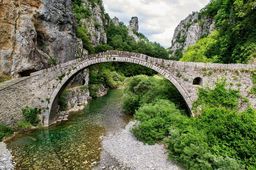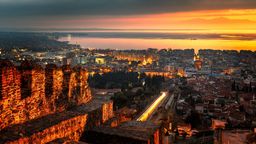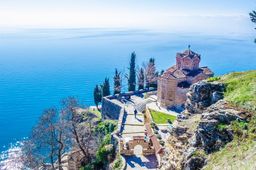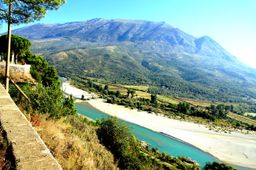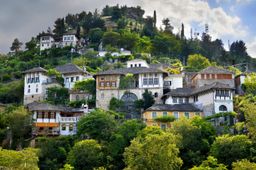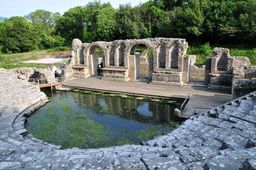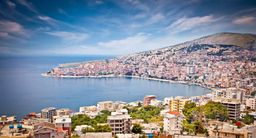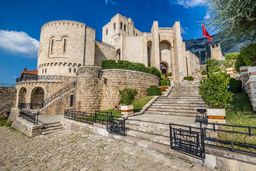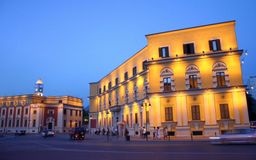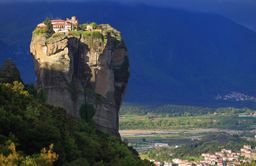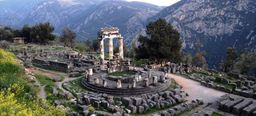
Based in Lagos-Nigeria & Chennai-India MySafeTrip is a one-stop-shop for all travel-related services. A leading consolidator of travel products, MySafeTrip provides reservation facility for 170k+ hotels in over 5000 destinations and across 185 countries and 18k+ tour activities combined with attractive offers and discounts you won’t be short of choice around the world.
Customers can access MySafeTrip through multiple ways: through our user-friendly website, 24x7 call center or a countrywide network of Holiday Lounges. MySafeTrip provides booking facility for all the popular as well as exotic national and international destinations.

